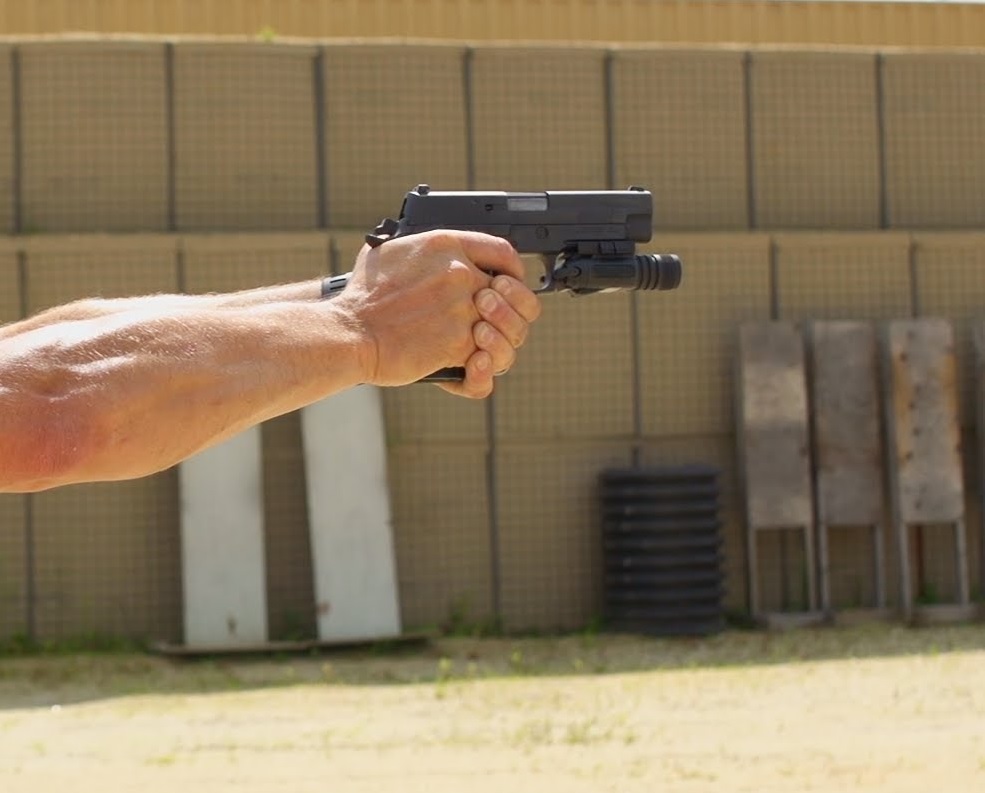Basics. They can be boring to teach and tedious to practice. But, the basics have to be mastered and practiced to enhance your odds in a tough situation. If you think of your training as a pyramid, the basics are the foundation for the skill set. Without strong basics, the structure will collapse under pressure.
Take handgun skills. The basics include trigger control, sight alignment, drawing and safe handling. More advanced skills would include shooting with your non-dominant hand, low light shooting and weapons transition drills. At the very top of the pyramid would be the typical Bruce Willis movie: taping a 92F to your back, jumping off of buildings while firing your MP5 and killing multiple terrorists with one shot. The fact is you can never become proficient in advanced skills if your fundamental skills are lacking.
I firmly believe that many departments fail their officers by not regularly teaching and reinforcing the fundamental skills officers need. A lot of trainers push for “high speed” training, when some of their students are still (figuratively) crawling. Yes, high-speed training can be a lot of fun to teach and do, but if your students can’t do the simple stuff, you are wasting precious training time.
About a year ago, I was in a student in a firearms class at my department. In that class, a variety of intermediate skills were being thrown at the students. However, more than one officer seemed lost in the training, in part, because they were not proficient in the fundamental skills.
For example, during one string of shooting, a four-year officer experienced a failure to fire. Instead of employing “tap-rack-bang” to get back in the fight, the officer stood back and just started looking at his gun. An instructor had to tell him to use the tap-rack-bang drill to clear the malfunction.
While the individual officer must take responsibility for maintaining the basic skills he or she needs to save their own life, the fact is very little firearms training has been done on malfunction clearing post-field training in our department.
If that officer was trully proficient in clearing weapons malfunctions, he would have cleared the problem without a thought and continued learning the new material. As it was, though, any learning of new skills stopped as soon as he encountered a problem that should have been easily overcome if he learned the basics.
A department training program must be grounded in the basics. Whatever skill set needs to be taught should be broken down and analyzed to determine what those basics are. Then the training should be developed around the basics, with supplementary training for the intermediate and advanced skills.
A rough estimate might be 60% basic skills, 30% intermediate skills, and 10% advanced skills. This would mean that at least half of all training for a skill set would be just on the basics, while smaller portions of the training would work on more advanced skills.
The latest, greatest tacticool training may be fun, but does it save lives? I just don’t know. Does mastering the basics save lives? Most definitely, yes.
Stay safe.

